Pest Library

Bed Bugs
Bed bug infestations have grown significantly over the past decade. There was once a time during the times of DDT when bed bugs seemed to have been under control, but now it seems it is as bad as ever. Bed bugs have adapted and survived and have become harder to kill and are now thriving in many metropolitan areas around the country. Portland, Oregon is no exception and the problem is getting worse and worse
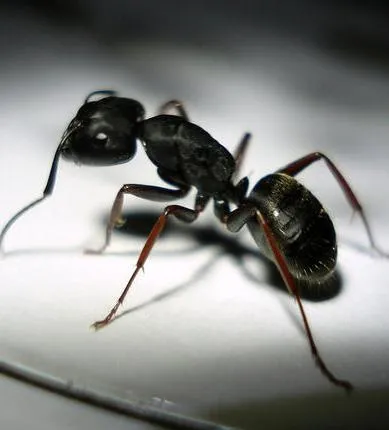
Ants
Sugar ants are a type of soil ant, so they come from the ground outside and find their way into your home. They are distinguished by the distinct smell that they give off when they are squished. The smell has been described as anything from a rotten coconut to gasoline. Although they do not do any damage to the home, they can multiply quickly and spread out across the home.

Spiders
Hobo Spiders: These are the most common venomous spider that we have in the area. Although we have identified them from time to time in Sandy, Oregon, they are still fairly rare. In fact, most of the time they are mistaken for a “Giant House Spider”. Identifying them can be challenging, but you can look for a few distinguishing signs. They are larger brown spiders with dark brown markings on their back and they are one of several spiders that create a funnel web. Unlike most spiders, they do not have darker-colored joints on their legs.
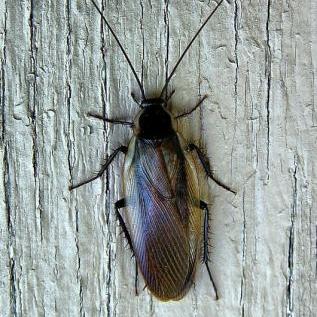
Cockroaches
Cockroaches will typically be in areas that provide warmth, water, and food to thrive and reproduce. Usually, this is in the kitchen where they find all of these things under the refrigerator or behind the oven. Since cockroaches have been known to carry 33 different types of bacteria, the kitchen can become an unsanitary place. In addition to the bacteria, cockroach feces can also be an allergen and can induce asthma-related symptoms.
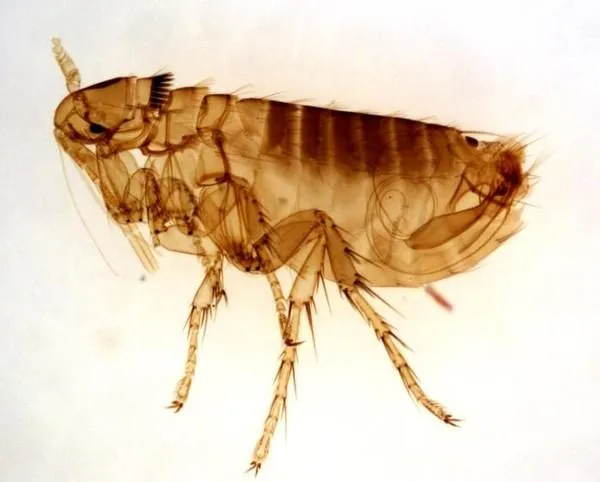
Fleas
Obviously, the first thing that you should do when trying to address a flea problem is to look at the pets. You really get what you pay for on flea medication, so be sure to be using something of good quality like Advantage or Frontline. If your pets don’t have fleas or you don’t even have pets, there can be other sources. For example, if you have rodents or any other animals living under your home, your crawl space might be infested with fleas that are making their way up to your living space. It might be worth having a pest control company do a free crawl space inspection to let you know if there is a problem down there.
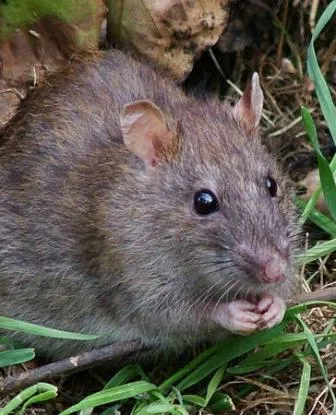
Rodents
If you are seeing a rodent inside of your house, then there is a high likelihood that they are nesting nearby (usually in your crawl space). Rodents are drawn towards your crawl space in particular because it provides warmth and shelter. They typically are able to access the crawl space easily by entering through a broken foundation vent screen or burrowing underneath the foundation. Once they are established, their scent can also attract more rodents. They also reproduce very quickly (a female mouse can have over 70 babies a year), so the problem can get out of hand very quickly if it goes unchecked. For severe infestations in the crawl space, you may have to have a crawl space restoration performed, which can be costly.

Bees / Wasps
Wasps and bees are generally lumped in the same category, but they are very different.
-Wasps eat other insects, while bees eat nectar from flowers.
-Bees are “furry”, while wasps have a smooth, shiny body.
-Wasps do not pollinate as bees do.
-If a bee stings you it will die, but a wasp can sting multiple times.
For the most part, wasps and (especially) bees are beneficial to our environment. Wasps kill and feed on many types of insects that can damage plants and become a nuisance to us and we all know that bees pollinate and make the Sandy, Oregon area beautiful. However, they can also pose a threat to us since 1 out of 3 people are allergic to their sting and over 3% of the population is fatally allergic to stings. It is because of this that you should be sure to exterminate any wasp or bee nest that poses a threat to humans.
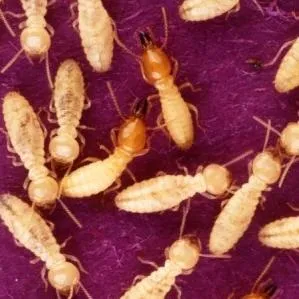
Termites
Termites cause more damage to structures worldwide than any other wood-destroying insect, accounting for billions of dollars. They are far more common in warmer climates, but an active termite infestation in Sandy, Oregon, or anywhere else in the Portland area can do just as much damage. There are several species of termites, but around here we just have two that you need to know about:
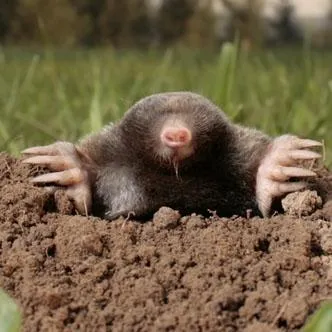
Moles
Moles are active all year long, which gives them ample opportunity to damage your land. Although moles primarily eat insects, vegetation can make up about 20% of their diet. If they find your garden or crops, they can easily ruin them.
Signs of mole activity in your area can include mounds of dirt which are made when moles are tunneling. On average, one very active mole is capable of creating up to 50-100 mounds in a month.
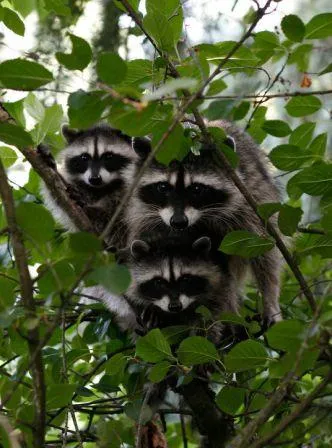
Nuisance Pests
We have plenty of nuisance wildlife here in Sandy, Oregon, and the rest of the Portland Metro area. It is common to see a raccoon, opossum, or skunk roaming around our neighborhoods and they are only looking for two things, food, and shelter. Unfortunately, your nice warm crawl space with all of its insulation and seclusion provides the perfect home for these animals to live and breed. If you are unlucky enough to get one of them in your crawl space, they can do a whole lot of damage in a short amount of time.
New Blog Posts Coming...
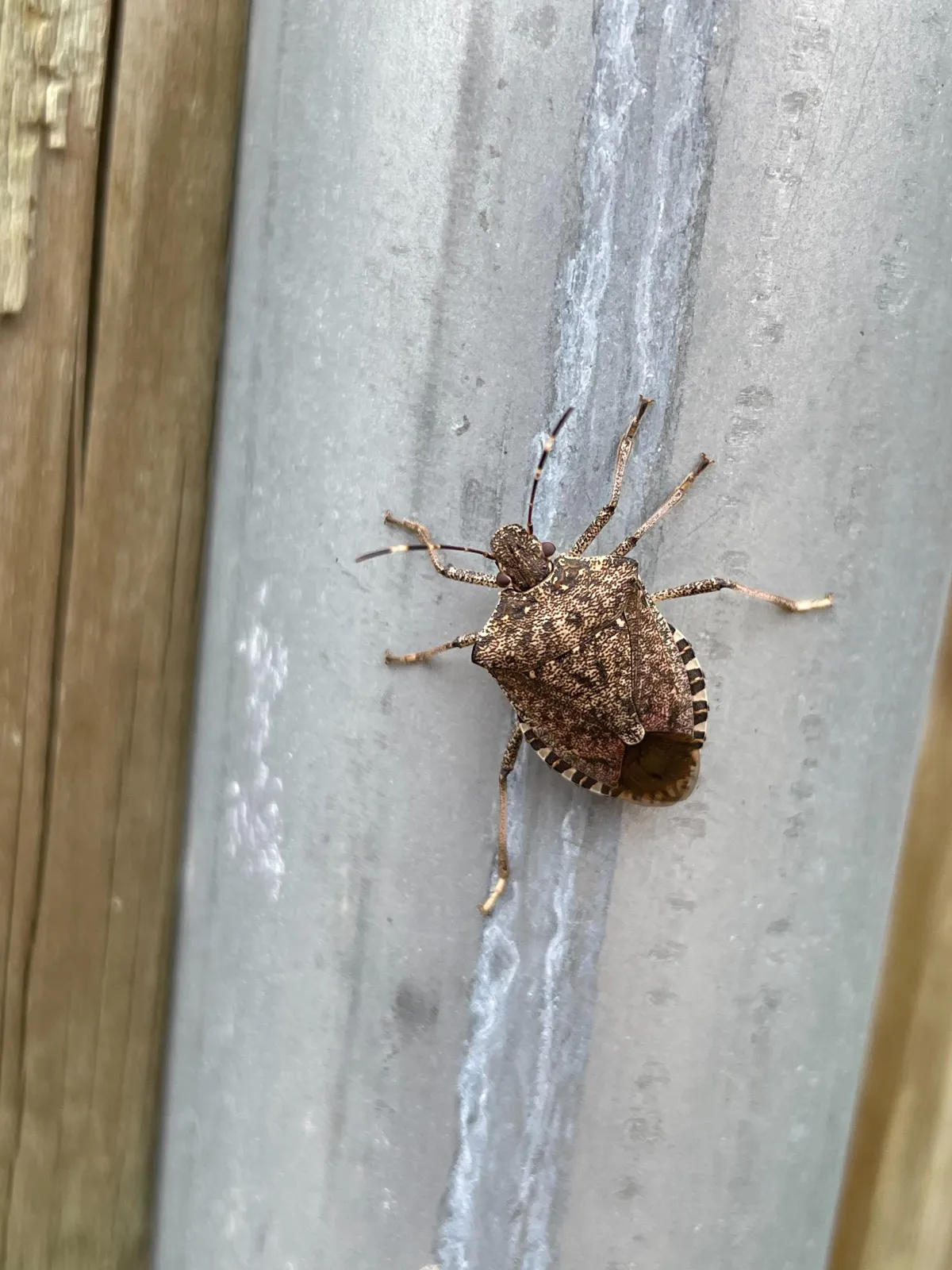
Stink Bugs

STINK BUGS!
Stink bugs are a common pest that many homeowners may encounter, especially during the warmer months. These insects are named for their unpleasant odor, which they release when threatened or disturbed. In this blog post, we will explore stink bugs' natural habitat and why they may come out on the sunny side of your home.
Natural Habitat
Stink bugs are native to Asia and were accidentally introduced to the United States in the late 1990s. Since then, they have become a widespread agricultural pest throughout much of the country. Stink bugs feed on a variety of plants, including fruits, vegetables, and ornamental plants. They use their piercing mouthparts to suck out plant juices, causing damage to the plant and reducing its yield.
Stink bugs prefer to live in areas with ample vegetation, such as forests, fields, and gardens. They typically overwinter in protected areas, such as under bark or in leaf litter. When the weather begins to warm up in the spring, stink bugs become active again and begin to search for food and mates.
Sunny Side of Your Home
One reason stink bugs may be more prevalent on the sunny side of your home is that they are attracted to warmth. Stink bugs are ectothermic, meaning they rely on external sources of heat to regulate their body temperature. As the sun warms up the exterior walls of your home, stink bugs may be drawn to the warmth and gather on the sunny side.
Stink bugs may also be attracted to the light and may mistake the light coming from your windows for sunlight. This can cause them to gather around windows and doors on the sunny side of your home.
Prevention
To prevent stink bugs from entering your home, it is important to seal any cracks or gaps in your walls, windows, and doors. You can also install weatherstripping around your windows and doors to create a tight seal. Additionally, stink bugs are attracted to moisture, so it is essential to fix any leaks or standing water around your home.
If you are already dealing with a stink bug infestation, it is best to contact a professional pest control service like Wildwoods Pest Control .A trained technician can safely and effectively make recommendations for the best possible outcome for your home and garden areas.
Take Heart!They tend to only stick around for a few weeks off and on through the warmer seasons of the year.
In conclusion, stink bugs are attracted to warmth and may gather on the sunny side of your home. By taking preventive measures, such as sealing cracks and gaps and fixing moisture issues, you can help keep stink bugs out of your home. If you are already dealing with an infestation, contact a professional pest control service for assistance. Call us today!
Wildwoods Pest Control & Crawl Space Solutions
Scheduling: 971-221-2226 E- wildwoodspestcontrol1@gmail.com https://www.wildwoodspestcontrol.com/
What Our Customers Say...

AMAZING!
Thank you very much for helping me out with the bug problem in my house. I recommend you to everyone!

Jessica Thompson
Sandy, Or.

GREAT SERVICE
As a businessman, I appreciate the professionally addressed issues that are being handled immediately. Great job, thank you.

Robert Lee
Portland Or.

GREAT GUYS
I like how quick and effective their service was – exactly what I needed at that moment!

Deborah Jones
Gresham, Or
ENJOY YOUR HOME
TOTALLY PEST-FREE
24/7 Emergency pest control
Certified technicians
3 month guarantee
CONTACT US
24800 Southeast Van Curen Road Estacada, OR. 97022
(503) 386-4100
wildwoodspestcontrol1@gmail.com


